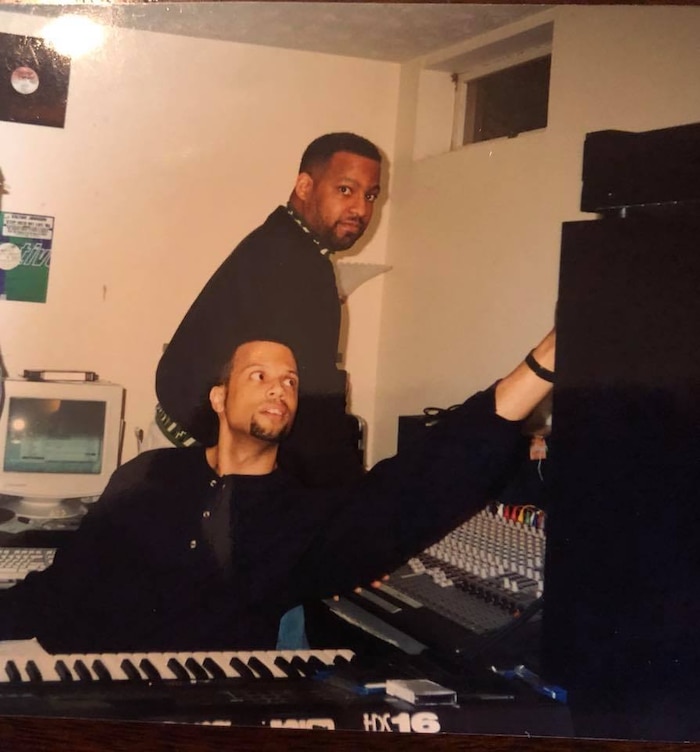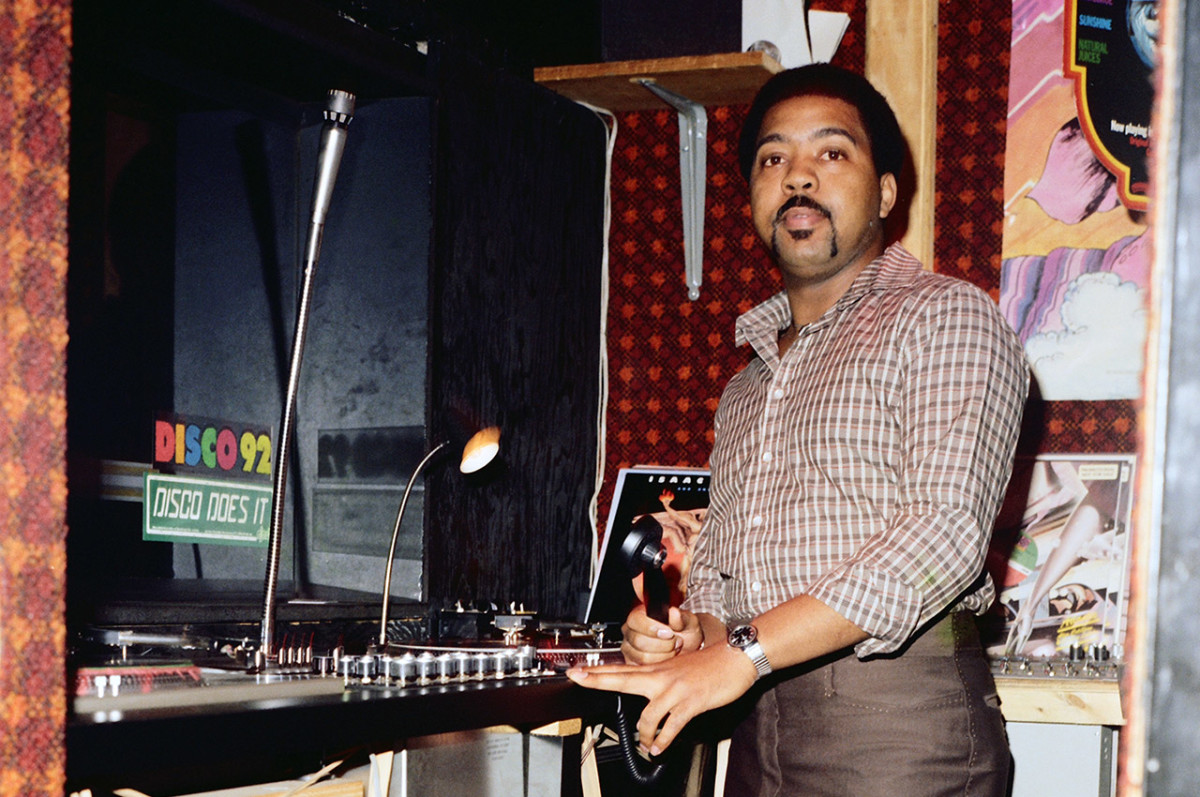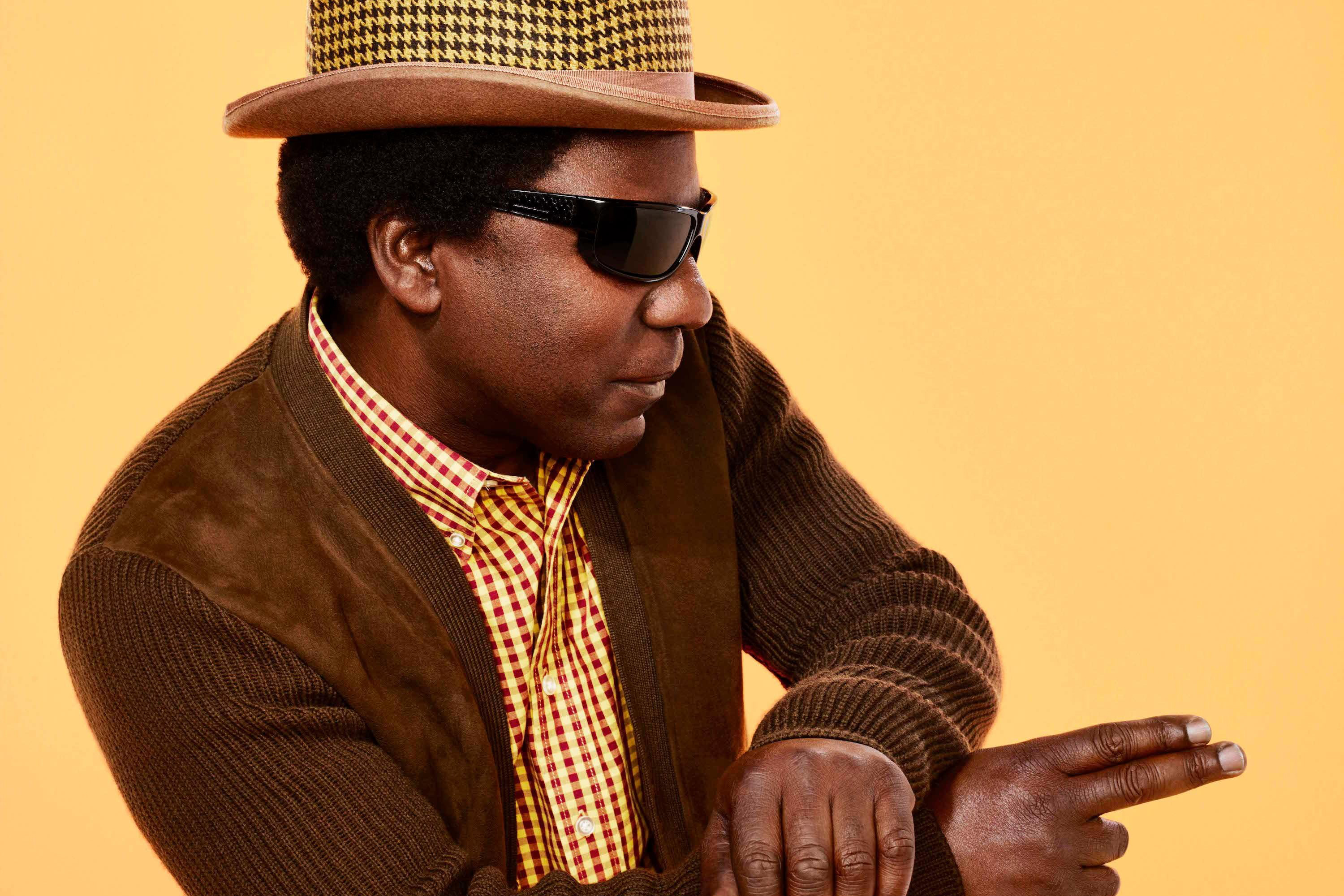95 North’s Doug Smith on Zanzibar and New Jersey House
From the DJ History archives: a sit-down with one half of the renowned production duo

The epicenter of the Jersey house sound was Newark, New Jersey, at the hands of the taste-making DJ Tony Humphries. He’d grown up in Brooklyn, had a mix show on New York’s KISS FM and, crucially, worked an eight-year residency at the Newark club Zanzibar, from 1982-1990. That’s where Doug Smith, of the renowned production duo 95 North, discovered house music.

Before he made his name in the ’90s making house tracks in Washington, DC and Virginia, Smith was a New Jersey native and hip-hop guy, first and foremost. In this interview with Bill Brewster from 2003, he remembers the rattling sign outside Zanzibar, the transformative experience of seeing Tony Humphries play there and the inspiring connection he forged with his crowd.
What was your first experience of the Zanzibar?
It was the fall, 1986. I had just really got into house music that summer at another club in Jersey called 88, in East Orange. That was my first real club experience. It made a difference to me. I used to hear things on the radio, Tony Humphries, but I was such a big hip-hop head it just didn’t register. The DJ at 88 was DJ Burt, Lionel Burt. Hearing house in that setting was what made the difference. Hearing a mixtape or an individual record made no difference to me, but when I saw it and what it made people do, I was just an instant convert. After that, that’s when I started going to Zanz.
I know it was a holiday. It was just incredible. The anticipation. If you got there early, you’d have to wait. There was a little small club downstairs and a DJ down there playing music, waiting for the upstairs to open. Everyone’s sitting, having a drink, doing stretches, changing their clothes, doing all of that. As soon as the upstairs opened, everyone would run upstairs. One of the things that amazed me the most, probably, was that it was the first time I’d heard a proper soundsystem. There, the dancefloor had stacks all around it, and if you stepped off the dancefloor, you could actually have a conversation with people in a normal tone of voice. As soon as you crossed the threshold on to the dancefloor, though, it was just amazing. It hit you right in the chest. It wasn’t loud in the entire upstairs, it was just focused on the dancefloor.
Do you remember the types of records he was playing?
Oh yeah. We’re talking ’86, ’87, and I clearly remember “The Party” by Kraze, “Time Marches On” by Jungle Wonz. He was playing Todd Terry records, “Bang Go,” things like that. “The Sound” by Reese & Santonio. He was all over the place. And classics, too. One thing I remembered in particular, which really bugged me out, was one night I was there early and he played the Coldcut remix of Eric B & Rakim, then dropped “Love Thang” by First Choice right after it. “Holy shit,” I thought. “This is ridiculous.” A lot of Chicago stuff, New York club stuff, Hanson & Davis’s “Tonight,” “Someday” by CeCe Rogers.
I’d always got the impression it was a bit of crucible for the Jersey sound, but what everyone has said seems to refute this…
Well, he did play the Jersey stuff. You heard things by Blaze, but you have to remember that by the time I went, I don’t even think Blaze had a record out. Blaze’s first record was “Watcha Gonna Do,” which I think came out in 1987. He heavily supported that, but he didn’t just play that. For me, he, more than any other DJ, played such a wide variety of things. Especially on his radio show. You’d be buying all kinds of records. You’d be buying the Jersey stuff. But you’d also be buying things on KMS. You’d be buying Lil Louis’s record, the Diamond Corporation. It wasn’t all vocals, it wasn’t all pumpin’ stuff, it was across the board. He was the first person I heard play “It Is What It Is” by Rhythim Is Rhythim. But he played commercial things, too. I remember him playing “Just Got Paid” by Johnny Kemp, “Break 4 Love,” and he was mixing it all flawlessly.
There were no artificial boundaries. There was none of this, “OK, I’m only going to play the Body & Soul vibe,” or, “I’m only going to play the Shelter sound.” I didn’t detect any snobbishness in terms of his selection. As long as it sounded good, he played it. I don’t think he really cared if there were any people who disagreed with his selection. It worked. He was highly influential on me in terms of the way I play, you know.
I know there are a lot of people from that era who frown on Todd Terry because he would take all those old classics and chop them up. But Tony was playing those records. For him, it just didn’t seem that it mattered that much that it might be sacrilege to some people to sample First Choice and make a track out of it. Tony shaped the whole of my record collection.
Anything I bought up through the early ’90s was because he played it first. I distinctly remember – me and my buddy at the time – we’d hear something he played on the radio or down at Zanzibar, and we’d be down at Vinylmania talking to Manny Lehman the next day, “What is this track?” Any record I bought when I first started getting into this, I just bought without any knowledge of them, it was always because I’d heard him play them first. That was the other thing: He was breaking records all the time.
What would you say were his big records at the time?
“Ma Foom Bey” by Cultural Vibe, “The Sound” by Reese & Santonio. I mean, I remember when he first played that, and I swear that the following day when I went to Vinylmania, there must’ve been three or four people saying, “What is this track?” and Manny Lehman would point it out, and the wall would be emptied of them. Just because he had played it. “Break for Love” by Raze, “Without You” by Touch, those were big records around that time. A lot of those were radio records, too.
How closely was Manny hooked into that scene?
It’s hard for me to comment on that. I was a newbie at the time. I was just a regular joe like 90% of other people who rolled into that store. But I do know that he had a knowledge of everything that Tony was playing. So if you came in and mentioned something that you’d heard on his show or at Zanzibar, he’d know what it was.
People just went crazy. They were screaming, throwing their hands up in the air.
What was the clientele was like?
Everybody and their mother! You had college kids in there, you had teenagers in there, you had gays in there, straights. But I’d say it was predominantly black and Latino. I didn’t really see a lot of whites there when I was going.
How gay was it? My impression was it was largely a straight crowd.
Yeah, that was my perception, too. I didn’t detect that element, though I know it was there. It seemed to be more straight and Latino, but that may be a function of the fact it was in downtown Newark. Sad to say, but that’s all there is in Newark!
But the enthusiasm for the music was just incredible. That made all the difference to me getting into it. The amount of enthusiasm and overwhelming joy, based on the records being played and how they were being played. I remember distinctly one night when he dropped the dub of “Time Marches On” with the a cappella of Kraze’s “The Party,” and I thought the place was gonna explode! Just at the right point, he dropped the bass on “Time Marches On,” and people just went crazy. They were screaming, throwing their hands up in the air. Having never seen that in any other situation, coming from a hip-hop background, it seemed more emotional. There seemed to be a deeper connection between the people and music being played than at the hip-hop parties that I was used to going to. It was incredible to me.
What did the place actually look like? Was it rectangular?
From what I remember, it was square. You’d walk upstairs, and the dancefloor would be in the middle. There'd be four stacks on either corner. The booth was right at the front of the dancefloor. It was a huge tall booth, and the cool thing was that they had amps behind glass in front of the booth, so you could actually go up and see the meters on the amps as the music was being played. There was sort of this square ring around the dancefloor and the booth, and then if you’re facing the booth, the stage, which was really large, was off to your left. It held around 500 or 600, I guess.
How long would have to queue for, and how did you get in? Through Abe’s?
You couldn’t go directly into the club from outside, from what I can remember. But if you got there early, they’d make you wait, and if you got there late, the thing that I always remember was there would be a line, but the sign outside would be shaking because of the bass. It would literally be rattling. It was an anticipatory moment for me seeing that shaking sign! I never waited for more than 40 minutes, and I don’t remember it being selected.
I guess the music was self-selecting…
That’s true, but you know, at that time kids that were into hip-hop were into house music in Newark. There wasn’t this big divide between house and hip-hop at the time, there just wasn’t.
This interview was conducted in 2003. © DJhistory.com

